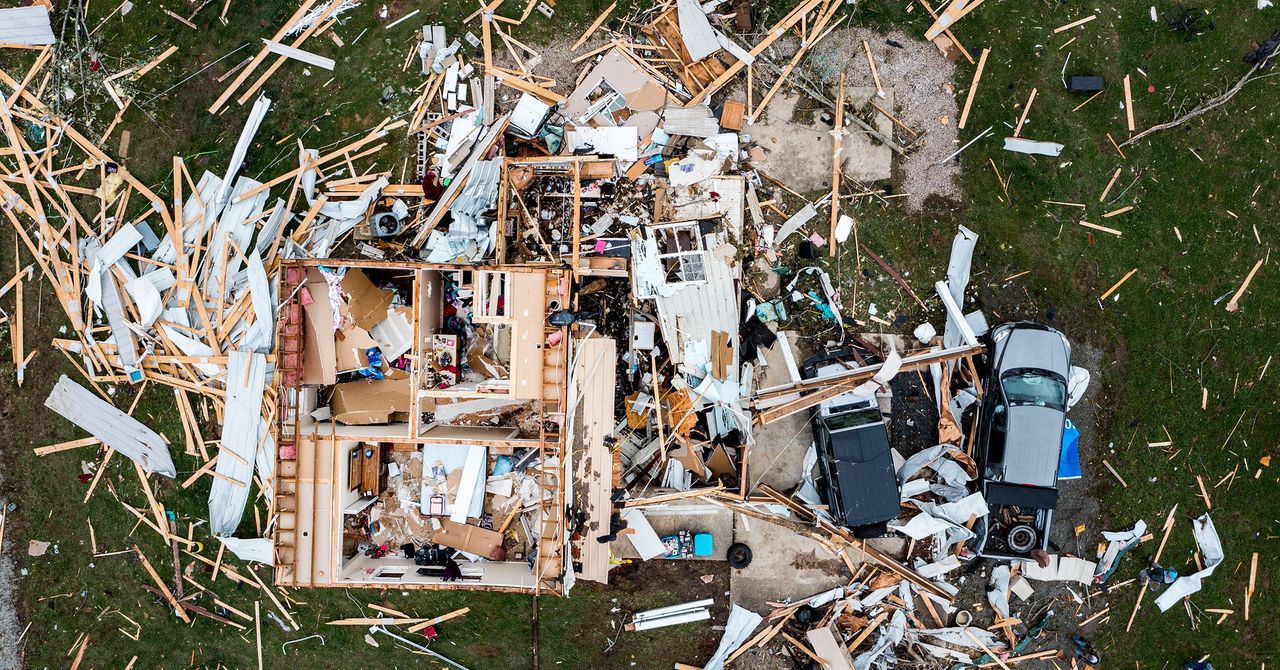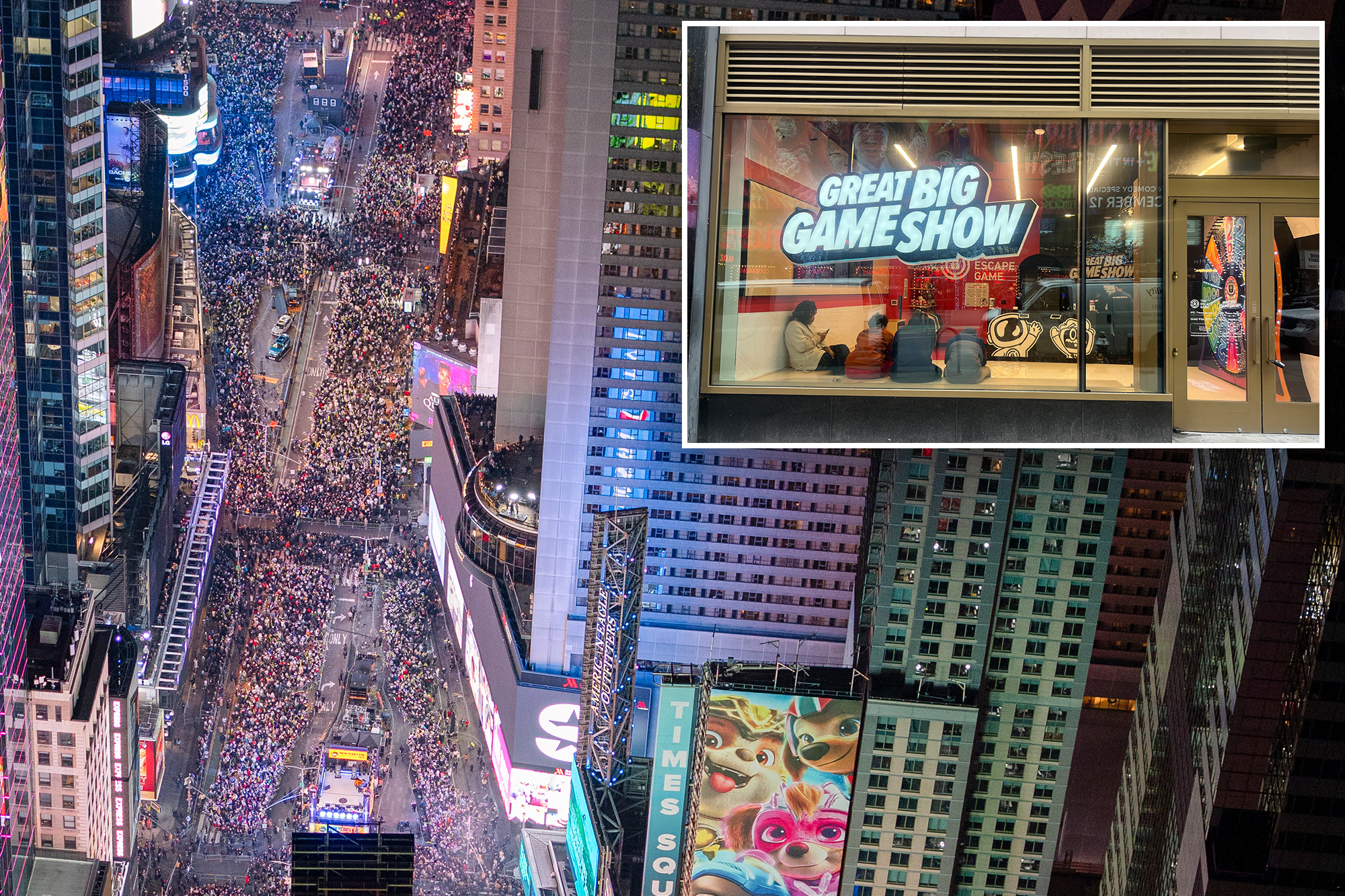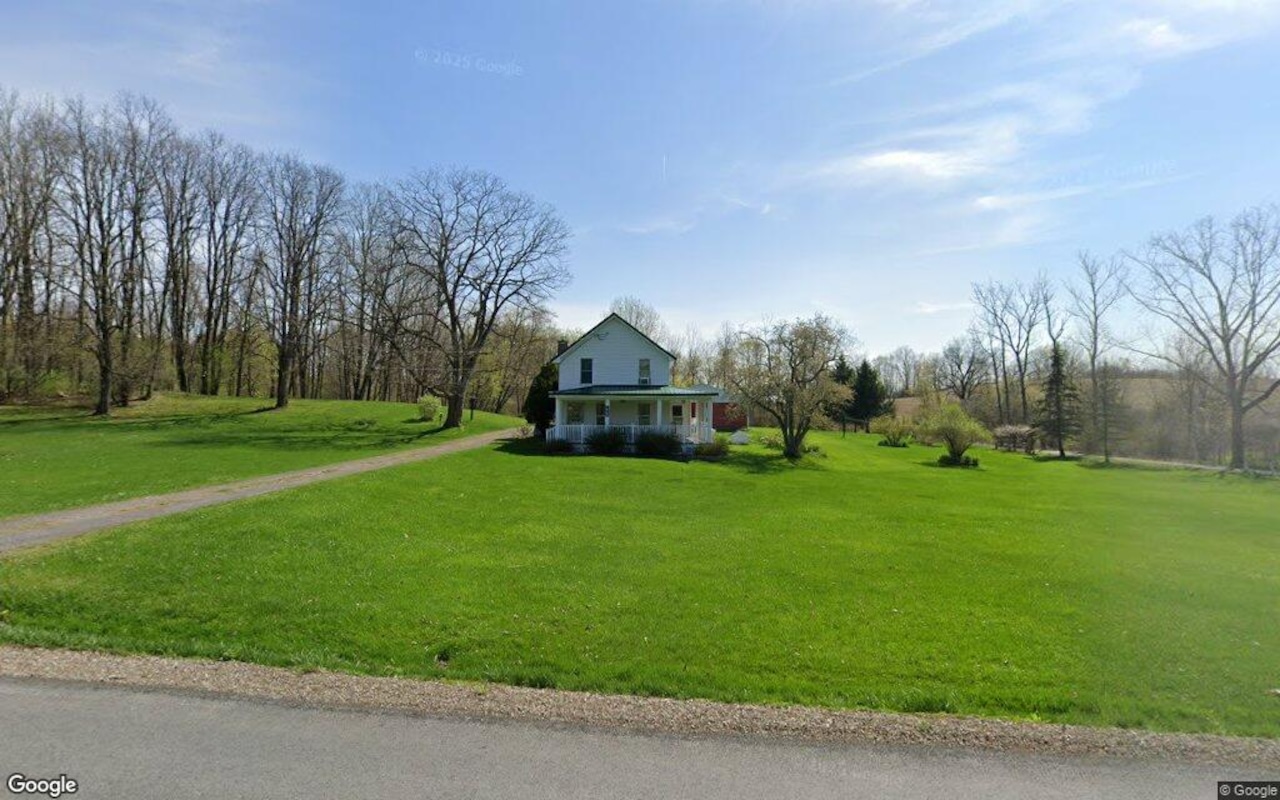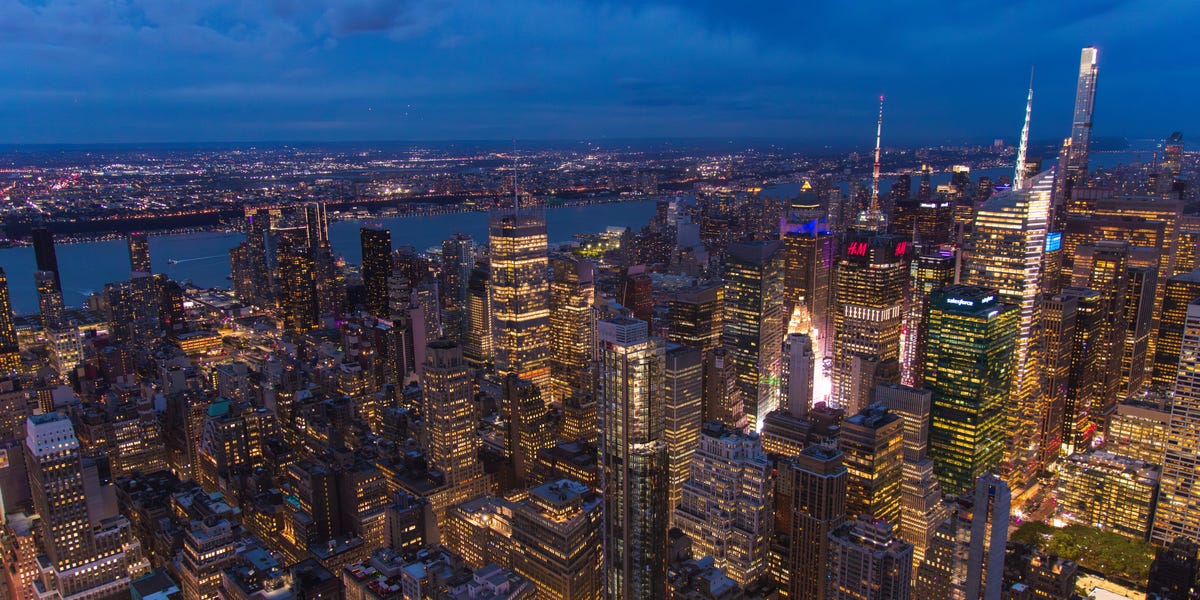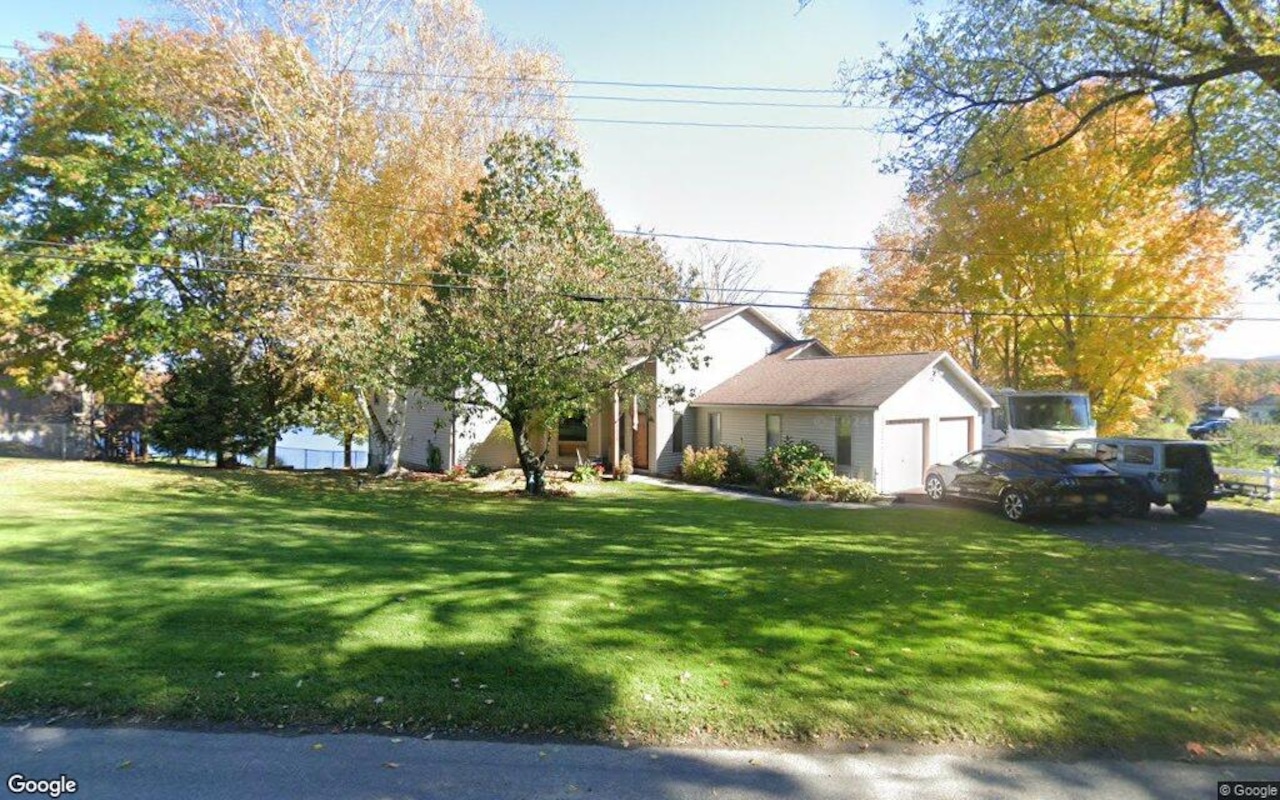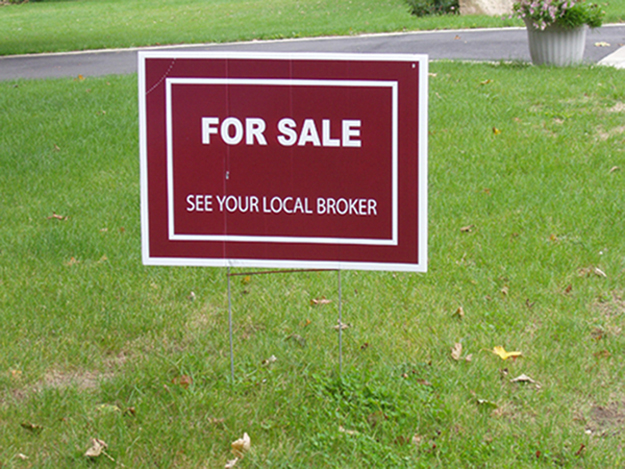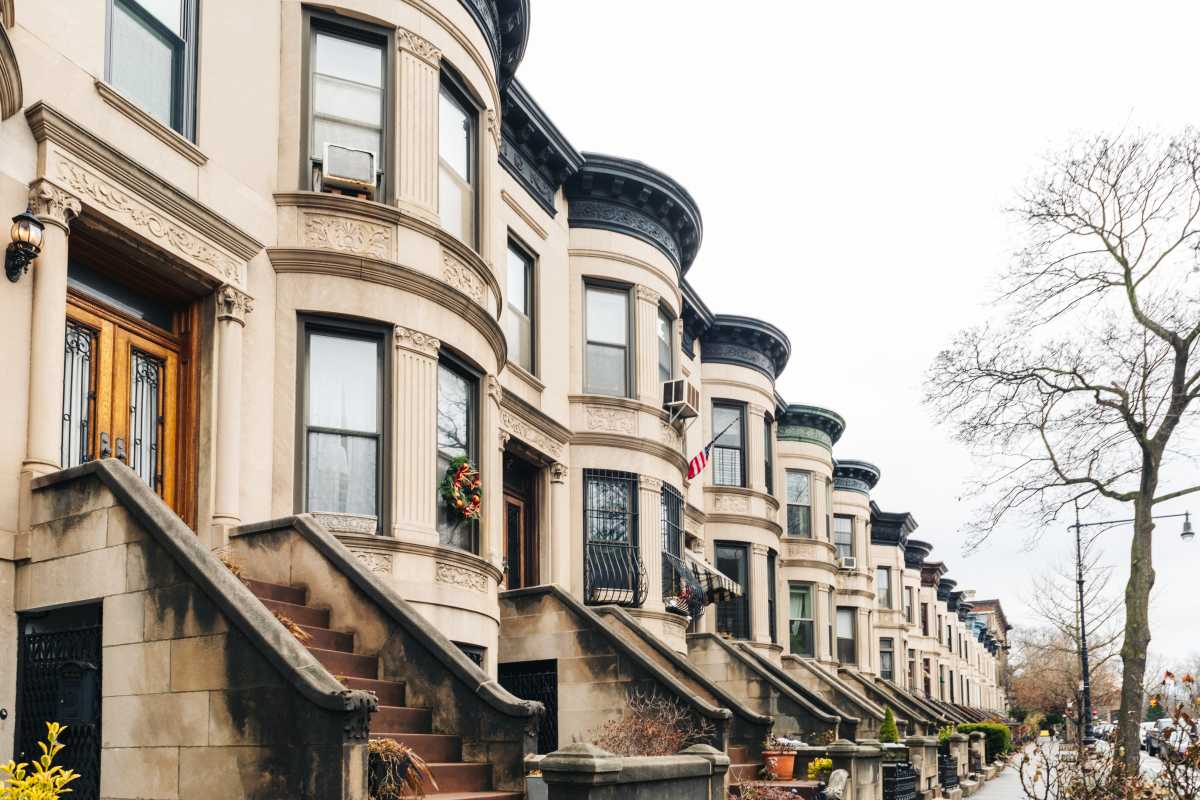�
��We buy homes” firms are snapping up disaster‑damaged properties at steep discounts, a practice many survivors say exploits tragedy. After a mile‑wide EF‑3 tornado tore through St. Louis on May 16, 2025, residents like DeAmon White and his mother Bobbie found themselves in a scramble to survive and rebuild. White’s house lost its back wall, plaster and windows shattered; Bobbie’s third floor collapsed, though her flower garden survived the 150‑mph winds. The storm was one of 60 tornadoes that hit Missouri, Illinois, Kentucky, Wisconsin, Minnesota and the Carolinas in 48 hours, killing 26 and injuring 168.
In the days that followed, calls and texts from “we buy homes” companies flooded the neighborhood. White described the callers as “vultures,” some walking the street with flyers, others texting or calling. In the West End, where 63 % of renters and 49 % of homeowners are uninsured, a cash offer can seem like a lifeline when federal aid lags. A text from a company called H.B. LLC on August 4 read, “Hi, this is Paul… is this Steven?” The company never revealed its name. A similar pattern emerged in Fairview, North Carolina, after Hurricane Helene. Gina Miceli received constant texts from unnamed buyers asking if she’d sell her two plots. The messages were casual, often signed only “Bella” or “Twin Acres,” a non‑broker entity.
This phenomenon, sometimes dubbed “disaster gentrification,” has been documented in New Orleans after Katrina. Professor Samantha Montano noted that speculators rushed in, turning displaced homeowners into instant millionaires while displacing low‑income, Black residents. In Altadena, California, after the Eaton Fire, half of home purchases were by limited liability corporations, with a handful of firms buying destroyed properties in historically Black neighborhoods. These companies often use fake numbers or unregistered names to contact sellers.
Disaster‑struck land rebounds quickly, allowing investors to flip properties or sell undeveloped lots without repairs. Climate change is likely to increase the frequency of such opportunities, leaving vulnerable communities exposed. In St. Louis, Zillow listings show at least ten severely damaged homes up for sale as investment opportunities, with starting bids as low as $20,000. The city’s damage remains extensive 100 days after the storm, with debris, tarps and boarded windows still common. Volunteer groups like The People’s Response estimate over 2,000 households still need housing assistance, yet federal aid and private settlements have been slow.
Research by Justin Stoler and Deserai Anderson Crow highlights that those who rebuild are often landlords seeking rental income, not residents. Crow calls this a “predatory renting cycle,” where industrial landlords acquire disaster‑affected homes, assuming owners will sell quickly to escape mortgages. Bobbie White’s 1901 brick home, built during St. Louis’s river‑port heyday, exemplifies the loss of historic, sturdy structures for newer, costlier builds.
Real‑estate professionals warn of red flags: multigenerational homes may lack clear titles, complicating insurance claims and FEMA benefits. Stacey Sanders, president of the St. Louis Association of Realtors, notes that many post‑disaster offers come with hidden risks. She urges buyers to consider the long‑term impact on communities.
Regulatory responses are uneven. Ohio and Pennsylvania have passed laws requiring wholesalers to disclose when they offer below‑market prices. Missouri lacks such regulation. Attorney Peter Hoffman of Legal Services of Eastern Missouri points out that vulnerable homeowners often lack access to information, a problem exacerbated by the storm.
Solutions include bridge funding to keep residents in place while they navigate rebuilding, and stronger disclosure laws to curb opportunistic buying. Until such measures take hold, communities like St. Louis face the dual challenge of recovering from physical damage and resisting a wave of speculative acquisition that threatens to reshape neighborhoods and displace long‑time residents.
